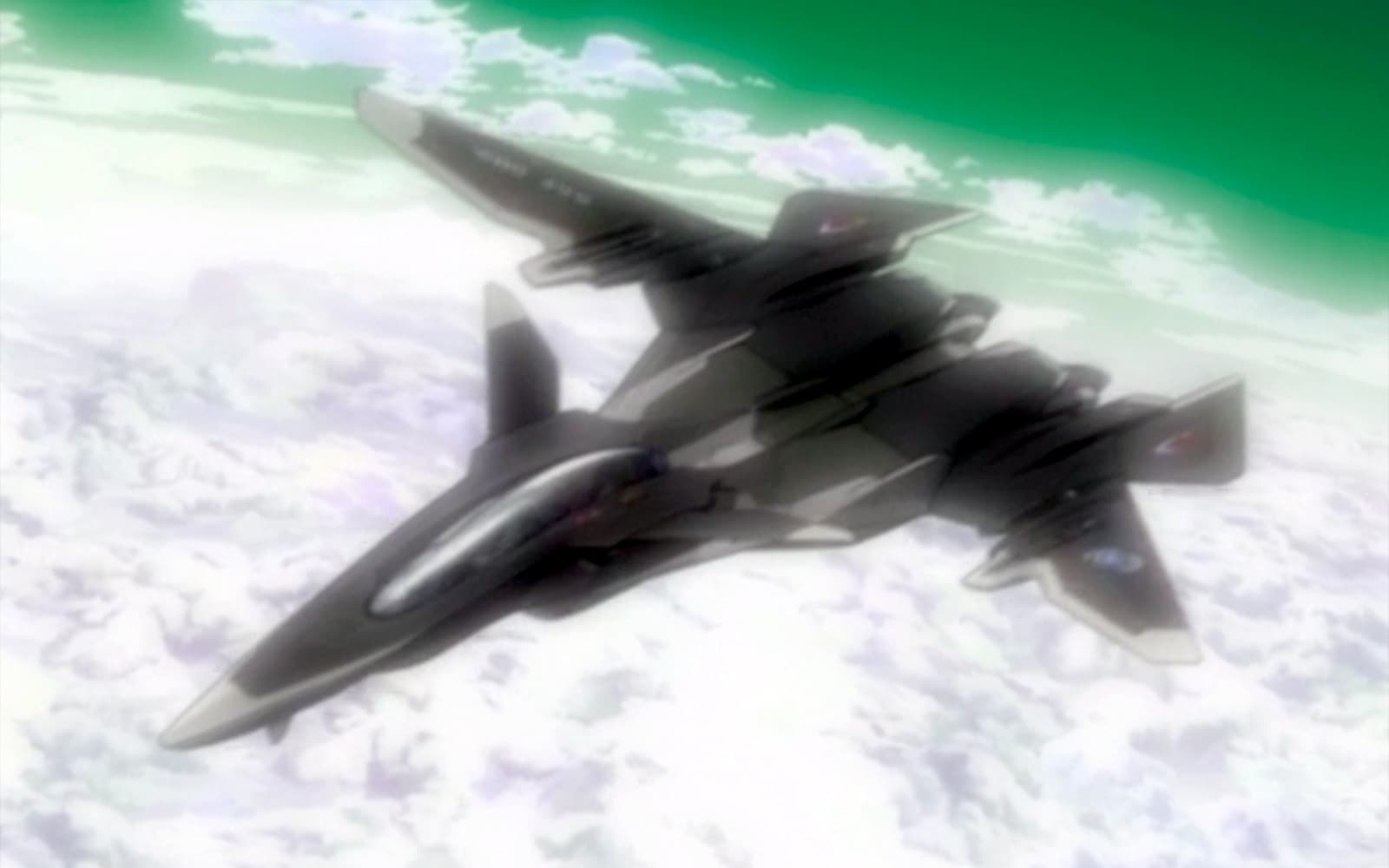Yukikaze by Masahiko Ôkura (Review)

When it comes to aircraft-centric anime, it’s safe to say that the Macross franchise is aces (npi). Filled with thrilling aerial combat and fantastic vehicle designs, the various Macross titles — but especially Macross Plus and Macross Zero — are absolute must-watch titles for anyone who was convinced they were going to be a fighter pilot when they grew up. But in the early ’00s, another anime title came swooping in, afterburners blazing, to thrill aviation otaku: Yukikaze, an adaptation of several sci-fi novels by acclaimed author Chōhei Kambayashi.
Three decades ago, Earth was attacked by an alien force called JAM, which appeared in Antarctica after traveling through a mysterious portal. Earth’s forces managed to push the JAM attackers back through the portal to their homeworld, known as Fairy, where a secret war has been raging ever since.
As a reconnaissance pilot, 2nd Lieutenant Rei Fukai monitors the countless battles that fill the skies over Fairy, but his fellow pilots see him as a sign of bad luck, calling him “Reaper.” The only one who seems to take any interest in Fukai is his commanding officer, Major Jack Bukhar, who’s concerned by the Lieutenant’s distant nature.
However, Fukai seems far more interested in relating to “Yukikaze,” the artificial intelligence that powers his plane and helps him complete his missions. That relationship grows deeper — much to Bukhar’s chagrin — when Fukai is given an experimental new plane after surviving a disastrous mission. A mission that indicates that the JAM might be stepping up their efforts to infiltrate and defeat humanity’s forces. And if humanity falls on Fairy, it’s only a matter of time until Earth falls, as well.
Unfortunately, after three decades, everyone back on Earth seems to have forgotten all about Fairy, JAM, and the people fighting against them.
There’s no denying that Yukikaze is pretty slick-looking. I still remember watching the first episode with my jaw on the ground, and eagerly showing it to my fellow anime geeks. Produced by Gonzo — which had a hot streak in the late ’90s and early ’00s thanks to titles like Blue Submarine No. 6, Hellsing, Full Metal Panic!, Saikano, and Last Exile — to celebrate Bandai Visual’s 20th anniversary, Yukikaze is filled with the studio’s trademark blend of computer and cel animation.
The computer animation is best seen during the intricate aerial sequences, which feature all manner of sleek, futuristic aircraft like the FFR-41MR Mave that Fukai ends up piloting. It’s during these sequences that Yukikaze truly shines. Unfortunately, the cel animation doesn’t quite compare. One scene in particular, of Bukhar making his way across an aircraft carrier deck, is especially rough. As for the character designs, they’re decent enough, though sometimes inconsistent; Fukai is occasionally drawn with grotesquely large hands, for instance, that prove really distracting.
Unfortunately, I doubt we’ll ever get a remastered version of Yukikaze that might address some of these issues; the closest is a Blu-ray set that was released back in 2008 and is now out of print. (Yukikaze is currently streaming on Tubi, but only in SD, which looks particularly rough on modern high-resolution displays.)
Look past the visuals and cool aircraft designs — which, let me remind you, are very cool, indeed — and, unfortunately, Yukikaze just can’t manage to stay up in the air. This is largely due to the plot’s poor juggling of multiple storyline ideas.
The pros and cons of artificial intelligence and unmanned combat. The trauma of constant warfare. The struggle to prove your humanity against an alien threat capable of infiltrating your ranks. The loneliness of fighting for a home that’s forgotten all about you. Trying to convince the people of Earth about the existence of the JAM. Any one of these could’ve made for an interesting few episodes — as an OVA, Yukikaze has five — but Yukikaze tackles all of them, and then some.
Which, in the end, just makes for muddled storytelling. Things that seem like they ought to be significant (e.g., Fukai’s trauma) are never fully explored and instead, passed over as new twists (e.g., a military conspiracy) are revealed — only for those developments to remain unexplored, too. The series also suffers from a tone that was probably intended to be contemplative and serious à la Mamoru Oshii’s Ghost in the Shell and Patlabor 2. Instead, it’s stuffy and monotonous, filled with long, pregnant pauses and melodramatic outbursts as Bukhar frets over the ridiculously taciturn Fukai. (Not surprisingly, some viewers have seen a gay subtext in Fukai and Bukhar’s relationship.)
The one good thing about all of those pregnant pauses is that they’re often filled by Yukikaze’s evocative soundtrack, courtesy of Clara, Dougen Shiono, and Satoshi Mishiba, which includes industrial-tinged piano pieces, lovely muzak, and melancholy ambience.
Given that A) it’s been nearly twenty years since I watched Yukikaze’s first episode with such enthusiasm, and B) I never actually finished the series, I was excited to find it on Tubi. I won’t deny that watching it was a bit of a nostalgia rush; it took me back to those heady days in the early ’00s when anime that wasn’t Studio Ghibli started to become widely available here in the States. But I also can’t deny that it’s a bit of a letdown overall.
I still love the look of the series, and I’d be lying if I said I didn’t start searching for Yukikaze toys and model kits after finishing the last episode, but ultimately, Yukikaze falls into the “what might’ve been” category. Cool airplane designs and thrilling combat sequences aside, there’s just too much potential here that was ultimately squandered and left unrealized.
